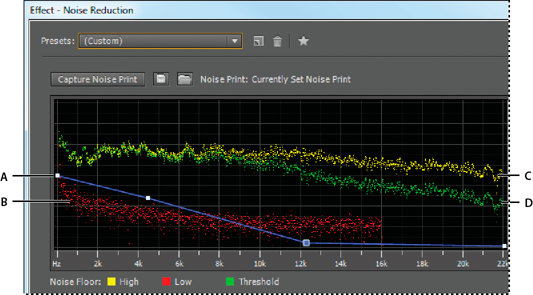

This is called the Noise Print in Audition. Here’s my typical workflow for noise removal, which I followed with both programs. (Click the image above to see it at full size.) Though both Audition and RX3 have adaptive functions that theoretically can detect the noise for you, I prefer to manually select the noise so I’m sure what’s being removed.įigure 1. Then you launch the appropriate filter (Denoise in RX3), adjust the settings, preview, and process. That is, first you identify the offending noise in the waveform, which is what I’m doing with the selection in the waveform in Figure 1 (below). RX3 and Audition work similarly when eliminating noise, as do most noise removal functions. Microphone hum is addressed by other filters and random noise like car horns or telephone rings via pop and click removal-type functions. Here, I’m talking about steady ambient noise, like that from fluorescent lights, equipment hum, white noise, and the like. Unless you’re working in a studio, or have exceptionally good audio recording gear (or both), background noise is a frequent issue. In this final round, I compare the two audio editors in noise reduction and reverb/echo reduction.

In the first article, I compared declipping and crackle-and-pop removal, and found that iZotope was particularly strong in the latter.

For those of you who didn’t read the original article, this isn’t a full review of the two programs, just a focus on the programs’ abilities to resolve audio issues that video producers often experience. Back at you in our second installment of iZotope RX 3 vs.


 0 kommentar(er)
0 kommentar(er)
